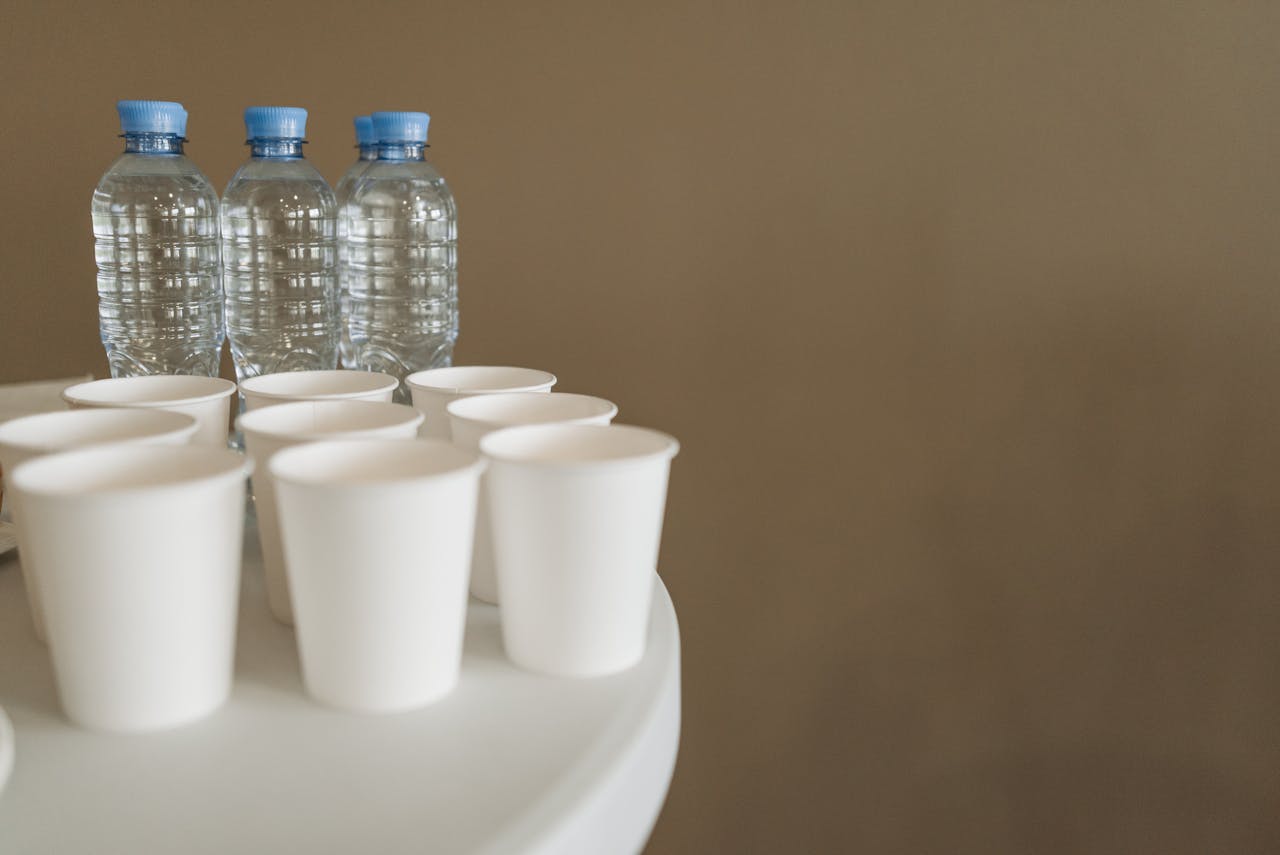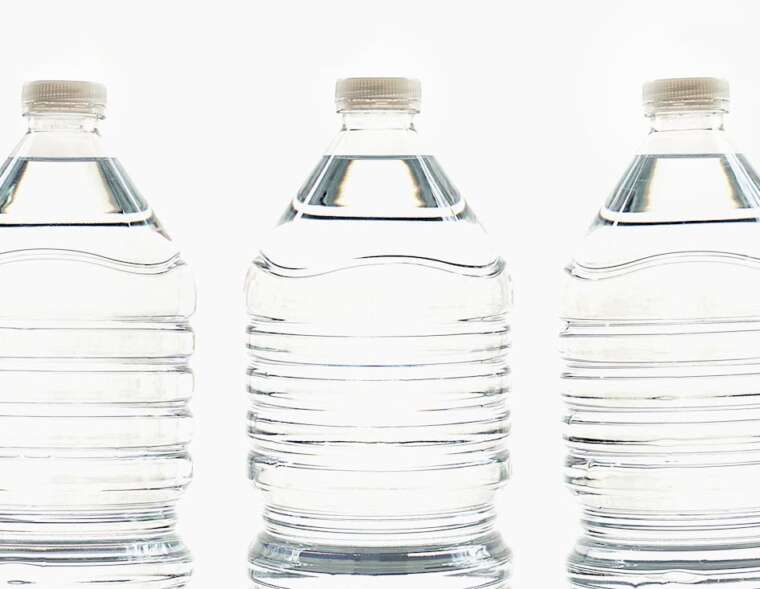Clean, safe water is essential for a healthy home, but with so many different water filtration systems available, choosing the right one for your needs can feel overwhelming. Whether you’re looking to improve the taste of your water, remove contaminants, or solve specific water quality problems, the right water filtration system can make all the difference. In this blog, we’ll guide you through the process of selecting the perfect system for your home.
1. Understand Your Water Quality Needs
Before choosing a filtration system, it’s essential to understand the quality of your water. Water from your tap can contain a variety of contaminants, including chlorine, lead, bacteria, heavy metals, pesticides, and hard water minerals like calcium and magnesium.
To determine which contaminants are in your water, consider doing a water quality test. Many companies offer water testing kits that allow you to test for a range of issues. You can also contact a local water treatment specialist to conduct a comprehensive test. Knowing what’s in your water will help you choose a filtration system that’s designed to address those specific contaminants.
2. Consider Your Filtration Options
Once you know the types of contaminants in your water, you can narrow down your options. There are several types of water filtration systems, each designed to target specific needs:
- Activated Carbon Filters: These are great for removing chlorine, volatile organic compounds (VOCs), pesticides, and improving the taste and odor of your water. They are commonly found in pitcher filters, faucet-mounted filters, and under-sink systems.
- Reverse Osmosis (RO) Systems: These systems are highly effective at removing a wide range of contaminants, including lead, arsenic, fluoride, and nitrates. RO systems work by pushing water through a semi-permeable membrane that filters out impurities. They are typically installed under the sink and come with a dedicated faucet for filtered water.
- UV (Ultraviolet) Water Purifiers: UV purifiers use ultraviolet light to kill bacteria, viruses, and other microorganisms. These are often used in conjunction with other filtration methods to provide an extra layer of protection, particularly in homes with well water or concerns about microbial contamination.
- Water Softeners: If your primary issue is hard water, a water softener is the best solution. These systems use ion exchange technology to remove calcium and magnesium from your water, preventing limescale buildup and improving water quality for bathing and laundry.
- Whole-House Filters: If you want to filter all the water entering your home, a whole-house filtration system is a great option. These systems typically use activated carbon, sediment filters, and sometimes UV or reverse osmosis to purify your water before it enters your plumbing. They provide cleaner water for drinking, bathing, and washing clothes.
3. Size and Capacity of the System
The size of the filtration system is an important factor to consider, as it must be appropriate for the amount of water your household consumes. For example:
- Point-of-Use Filters: These filters are designed to filter water at specific points, such as a faucet or a showerhead. They are ideal for improving the quality of drinking water or water for cooking. Common examples include pitcher filters, faucet-mounted filters, or under-sink systems.
- Point-of-Entry Filters: If you want to treat all the water coming into your home, a point-of-entry system (like a whole-house filter or softener) is a better choice. These systems are larger and can filter larger volumes of water, ensuring that the water used throughout your home is clean.
Consider the size of your household and your water usage when selecting a system. Some systems have flow rate and capacity specifications that will help you determine which one suits your needs.
4. Filter Replacement and Maintenance
All filtration systems require maintenance, whether it’s replacing filters or cleaning the system. It’s important to choose a system that fits with your lifestyle and maintenance preferences.
- Filter Life: Some systems, like reverse osmosis filters, require frequent filter changes, while others, like activated carbon filters, may only need to be replaced every 3 to 6 months.
- Ease of Maintenance: Consider how easy it will be to replace filters or perform routine maintenance. Some systems, like pitcher filters or faucet-mounted filters, are easier to maintain than whole-house systems, which might require professional servicing.
- Ongoing Costs: Take into account the cost of replacement filters and any additional services. Be sure to factor these ongoing costs into your decision-making process so that you can choose a system that fits your budget.
5. Water Flow Rate and Pressure
Some filtration systems, particularly reverse osmosis and whole-house filters, may reduce water flow rate or water pressure, especially if they are designed to filter out a high volume of contaminants. If you have a large family or frequently use water in multiple areas of the house at once, you’ll want a system that maintains adequate water pressure.
Before purchasing, check the flow rate and ensure it will meet your household’s needs. You can also talk to an expert to ensure the system won’t cause water pressure issues throughout your home.
6. Installation Requirements
Some water filtration systems are easy to install on your own, such as pitcher filters or faucet-mounted units. However, others, like reverse osmosis systems or whole-house filters, may require professional installation. If you’re not comfortable with DIY installations or if the system requires plumbing work, it’s best to choose a system that includes professional installation or hire a plumber to assist with the setup.
7. Consider Your Budget
Finally, while choosing the right filtration system is important, it’s also essential to consider your budget. Water filtration systems can range from inexpensive pitcher filters to high-end whole-house systems that cost several thousand dollars. While more expensive systems may offer more comprehensive filtration and better performance, there are plenty of budget-friendly options that provide excellent filtration without breaking the bank.
Also, remember that the long-term savings from reduced bottled water costs and the potential for longer-lasting plumbing and appliances can offset the initial investment.
Why Choose AJ’s Water Treatment?
When it comes to selecting and installing the right water filtration system for your home, AJ’s Water Treatment has the expertise to guide you through the process. Whether you need a simple under-sink filter or a full-scale whole-house system, their team will assess your water quality, recommend the best solution, and ensure your system is professionally installed and maintained.
Contact AJ’s Water Treatment today to learn more about how they can help you choose the right water filtration system for your home, ensuring cleaner, healthier water for your family.
Final Thoughts
Choosing the right water filtration system can seem like a daunting task, but by understanding your water quality needs, considering the type of filtration system, and evaluating your home’s size and water usage, you can find the perfect solution. With the right system, you can enjoy cleaner, healthier water that benefits your home, health, and the environment.


